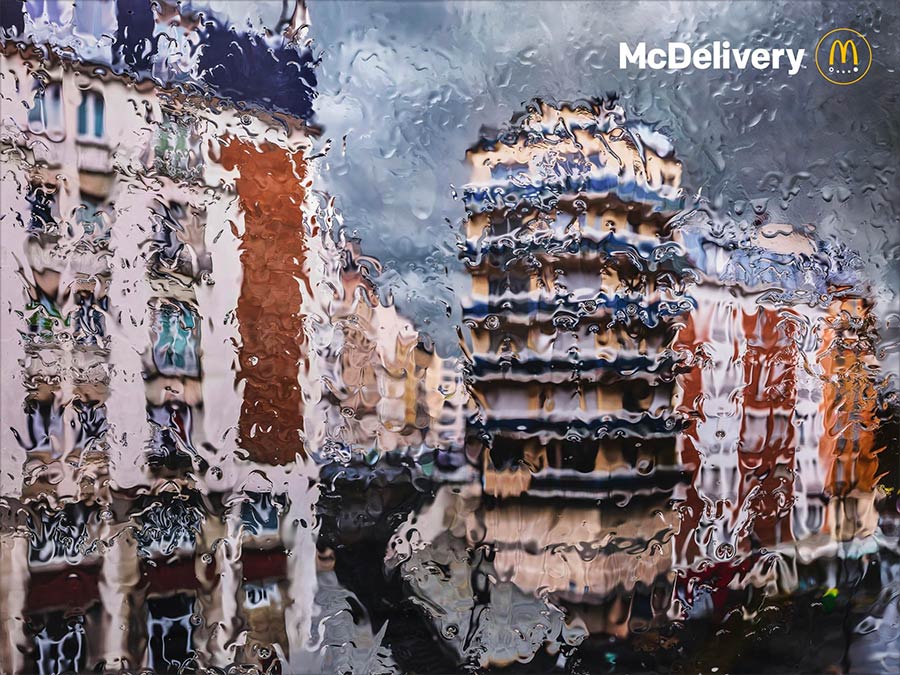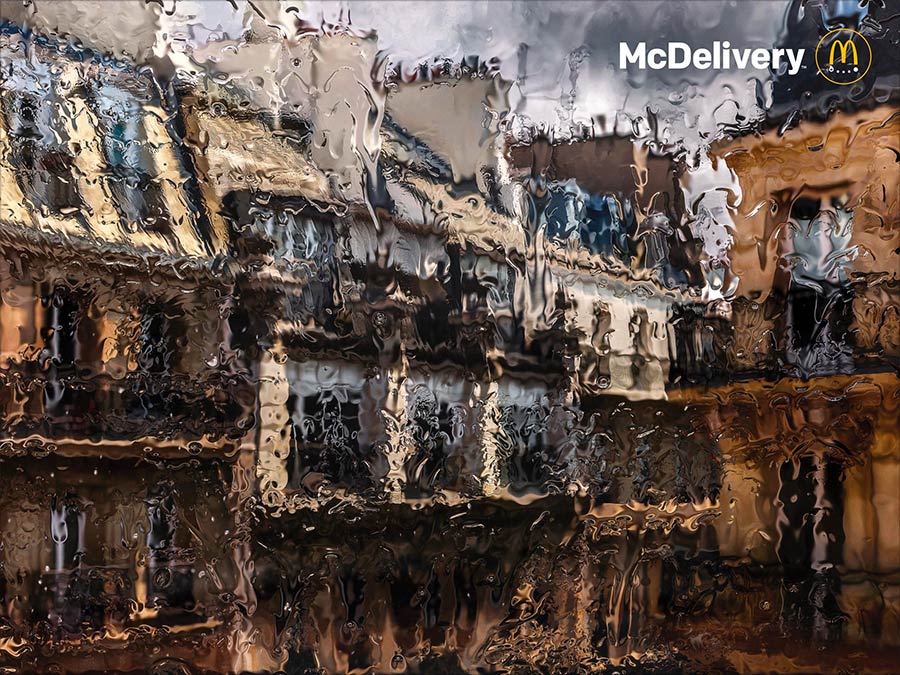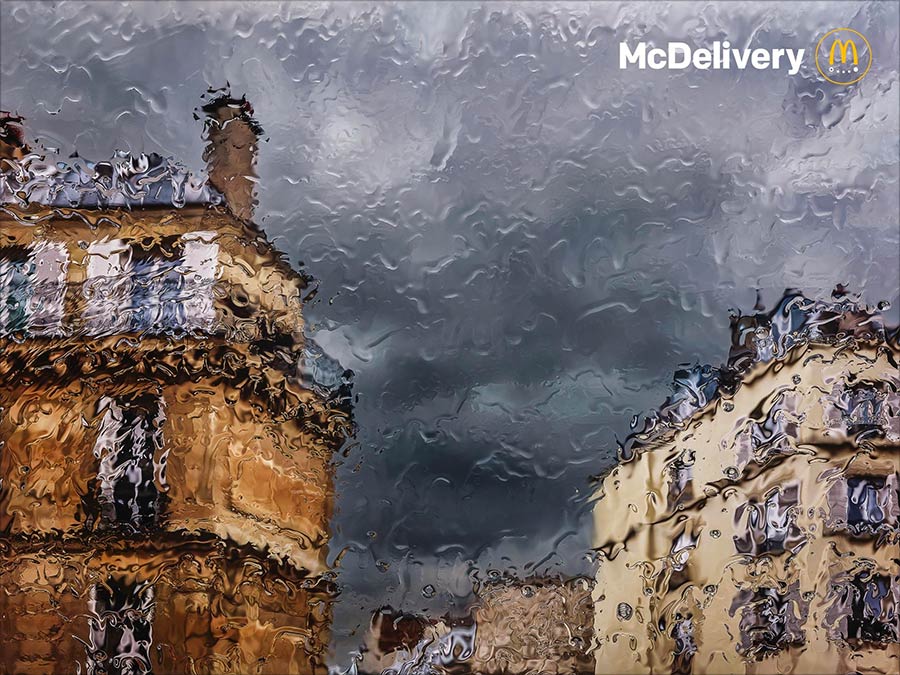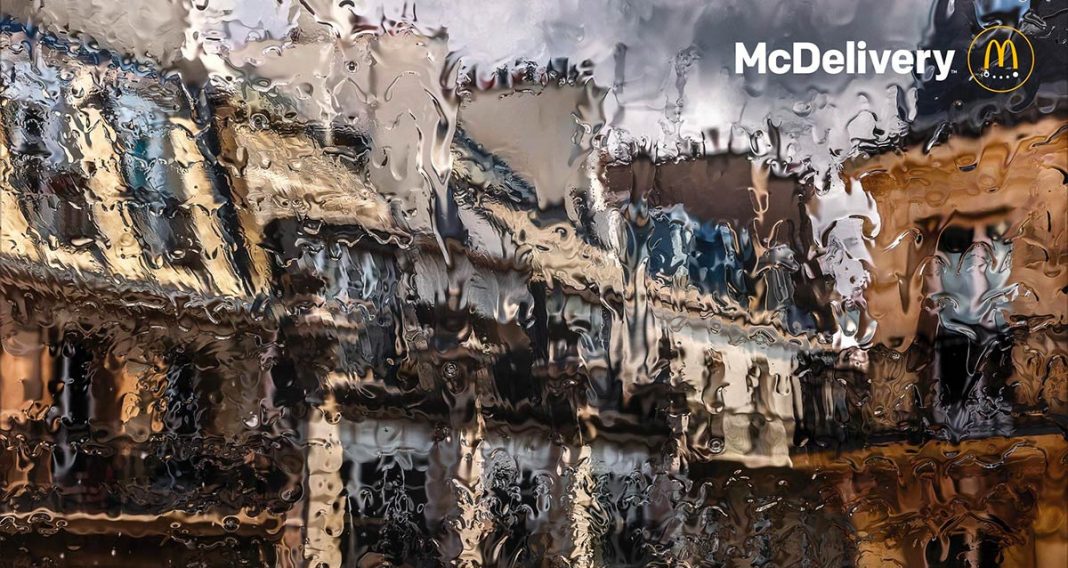Con los terroristas. Tas, tas, tas, tas, tas, tas, tas. Tas, tas, tas, tas, tas. And do the weekend.
Have you ever had a dream like this?
Motels stuck in the 70s (thanks, J).
Chemical Brothers video from W&K London:
Enough:
Have you ever had a dream like this?
Motels stuck in the 70s (thanks, J).
Chemical Brothers video from W&K London:
Enough:

I loved chatting to Trevor.
We’d never met before, but he was a warm and lovely fella.
His first Tango ad broke the mould, as popular with kids in playgrounds as it was with award jurors. But then there was the weird, pervy Apple Tango ad. And the weird, pervy Pot Noodle ads: as popular with sex fetishists as they were with award jurors.
Then he created a new kind of ad agency that is still going 25 years later.
Then he won an OBE.
And he helps prove the benefits of diversity, both in terms of race, and background. Take a bloke from a South London council estate and add him to a bloke from Scotland and you get the kind of magic that only happens when two plus artichoke equals hen night.
Here’s the Soundcloud link and the iTunes link. The direct player is at the bottom of the post.

At last!
Paul is one of the people I’ve most wanted to interview. He’s arguably been responsible for more classic advertising over the last 30 years than anyone else.
Whether it was for Stella, Nike, Playstation, John Smith, John West, Adidas, Levi’s, Scalextric, Olympus or dozens of others; with a very talented art director or on his own; at Simons Palmer Denton Clemmow and Johnson, BBH, Lowe, Leo Burnett, Leith, TBWA, Fallon, Rainey Kelly Y&R, freelance, Saatchis or BBH (again)… His hit-for-shit ratio is second to none.
But he’s also a thoroughly good bloke: always helping younger creatives (myself included), always up for a chat, always ready with a massively inappropriate but very funny joke in the middle of a creative review… I can’t remember how many times I’ve asked for his advice, but he’s been the first person I’ve spoken to at several career crossroads.
So here’s two hours where you can find out why he spent a year and a half working in Glasgow, why John West Bear was shot from so far away, why he booed his own Stella ad when it won a Gold at Cannes, what happened at Fallon, and dozens of other inspiring, illuminating and fascinating tales of one of the great creative advertising careers.
One small thing: we chatted so long that I had to upload the episode in two parts. You can listen to the whole thing in one go on Soundcloud here, or listen to the first half at the bottom of this post, and the second half here, or find both halves on iTunes. Apologies for the inconvenience.
Here are some of the ads we discussed. You can find others here.
There’s also a ton of excellent print ads but WordPress seems to only allow me to add them in tiny thumbnails, which seemed a shame. The proper versions can be found here.
Hank Azaria’s Simpsons voices:
Sculpting Freddie Mercury:
The best version of Kashmir you’ll hear today:
Modern logos in Bauhaus Design.
Words to avoid using in restaurant reviews.
Artists are made by their network of friends, not their skill (thanks, B).
People discussing/recommending their favourite TED talks.
Paintings of songs (thanks, J).
Work out your British/Irish dialect from this quiz.
The security features of a $100 bill:
How ice sculptures are made:
Guy photoshops himself into celeb pictures (thanks, A).
A tank firing a shell:
Gyroscopic pool table:
Ten hours of fractals with falling tone:
Drawing timelapse:
There’s a French McDonald’s Delivery campaign that’s spent the last week or two doing the rounds on my LinkedIn and Twitter feeds:





The coverage and mentions have been uniformly positive, so let’s have a look at the pros, and if I can dredge any up, the cons:
Pros:
The photos are remarkable. The way they portray a rainy day through a window works brilliantly because we’ve all seen that view a million times, but I’ve never seen it conveyed so accurately in a still image. And it doesn’t just work visually; it also works emotionally, giving you every iota of that drab and disappointed feeling of a wet day from indoors.
The branding must also be very good because, for reasons I can’t quite put my finger on, I always remember it’s for McDonald’s Delivery. Perhaps it’s the very clear logo, and the fact that it’s for a big company that I’m already familiar with. Maybe it’s consistent with the tone of other McDonald’s communications I’ve seen in the past. Whatever it is, it passes that essential test.
It’s clear and simple: ‘Crappy day when you don’t want to go outside? Let us bring your McDonald’s to you’. Got it. If I wasn’t aware of McDonald’s Delivery before, I am now, and if I was aware, I’ve been reminded in a charming way.
Cons:
Why are there five of these things? When I was at college, and in some of the agencies I’ve worked at since, ‘The same ad three times’ was a withering insult. If each new execution isn’t bringing something new to the party, why bother making it? Which is your favourite of these? ‘Tower Block In The Rain’? ‘Block Of Flats In The Rain’? ‘Building In The Rain’? Or is it ‘Other Buildings In The Rain?’ Come to think of it, why are they all buildings? It wouldn’t make the ads much different, but as they’re just views from someone inside a building, why not add a bridge, or a bunch of shops? Why stop at five? Why not do 37 of these?
It’s 100% generic. Is McDonald’s the market leader in delivered food in Paris? I have my doubts. So these ads are really just for ‘delivered food’. Maybe you see them and think you’ll call Domino’s, or your favourite baguette jamon delivery service. There’s nothing that tells me why I should order from McDonald’s Delivery (not another delivery service) on a rainy day. (May I also add that surely delivered McDonald’s is pretty unpleasant. I have nothing against the food when it comes fresh from the restaurant, but waiting 20 minutes for it to come through the rain? Give me a pizza or a curry any day of the week.)
Somewhat related is this post from Dave Trott. It talks about the great Bob Levenson’s test for a good ad:
“Here’s the test,” said Bob Levenson: “If you look at an ad and fall in love with the brilliance of it, try taking the product out of it.
If you still love the ad, it’s no good.
Don’t make your ad interesting; make your product interesting.”
Try that test with this campaign: cover up the logo and see if you still love it. If you did before, I’m pretty sure you still do. What most people seem to like about this campaign is the photography. There’s really nothing here that tells you why MD is good enough to spend your money on. I suppose it presumes that we all know if we like McDonald’s already, so it can just let us know that this thing we like or don’t like is now available for delivery. Maybe that’s enough, but maybe a better ad would give me a good reason to give it a go.
I think that’s enough about the pros and cons. Overall I think it’s one decent ad (with amazing photography/post), not five amazing ones. Additionally, I apologize for the cynicism, but this industry has driven me to it: these ads have a big whiff of Cannes fodder about them. I’d love to believe the client decided to run these five virtually identical ads, but I can’t help thinking at least some of this campaign was created purely for the purpose of entering it for some awards.
If it was intended and created with only its effectiveness in mind, I apologise!